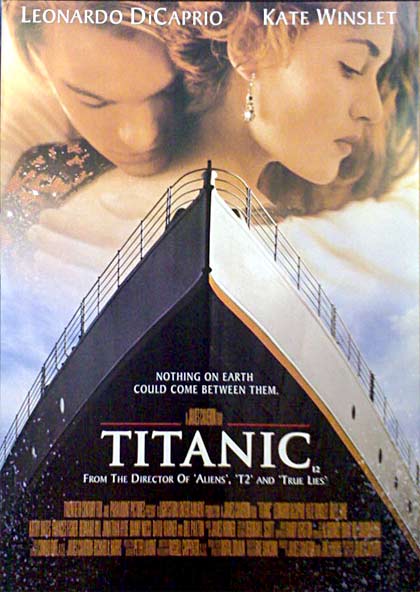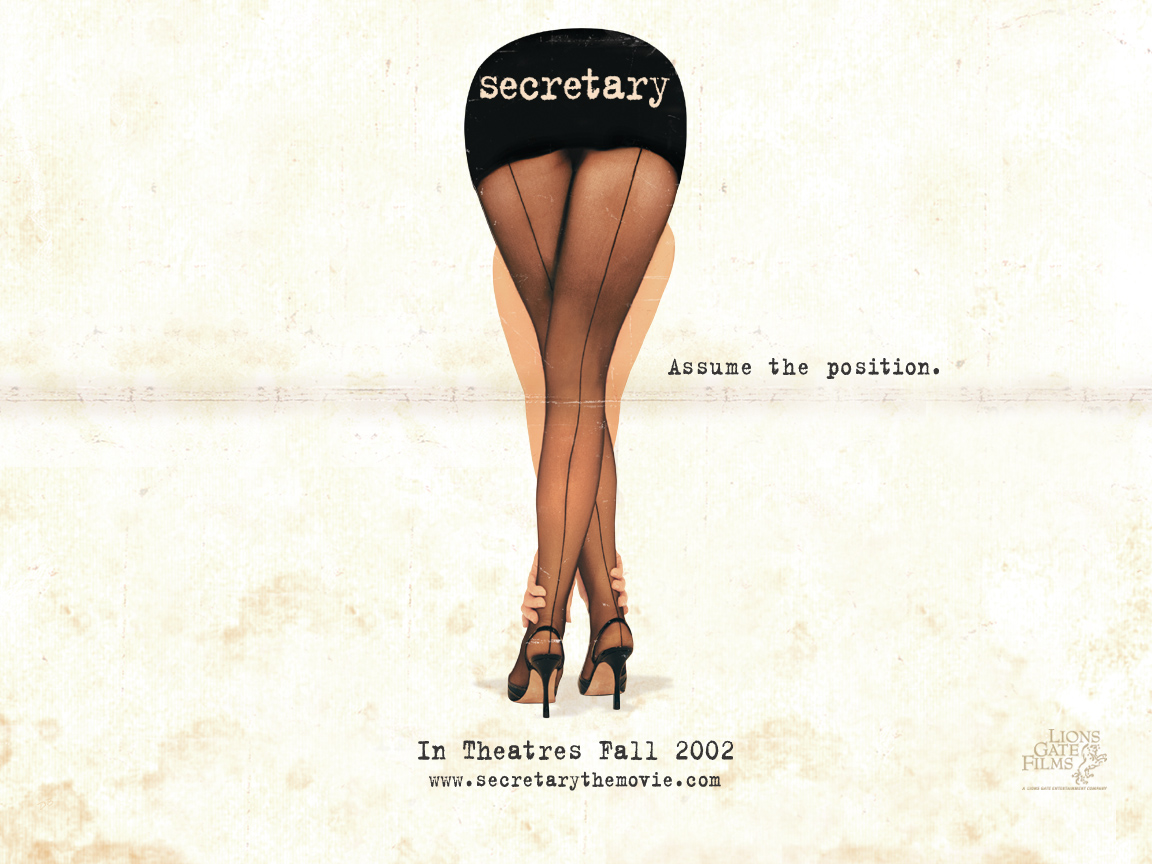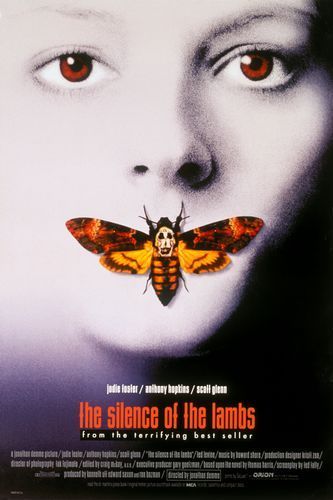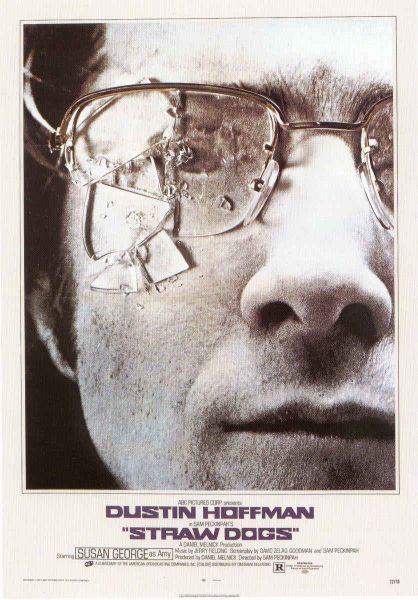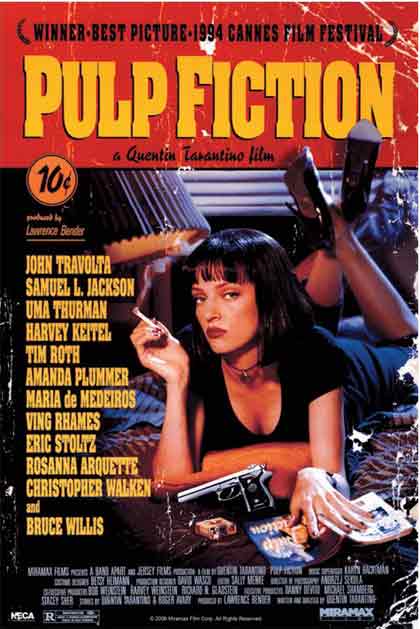
The elements of a story
Whether you are writing a novel, short story, drama or a movie transcript, you will be telling a fiction. An idea is base of any story. Every individual will have their own style of developing an idea into a story. It all depends upon the each individual’s thought, experiences, preferences and their learning’s. There is no formula for developing any idea into a story. However, when you are writing you have to address three basic elements of a story. Character, setting and Plot. A plot is set of actions performed by characters under a setting. These actions need to be significant and should be arranged in a meaningful order to make it a story.
For example consider some actions given below:
1. Rajesh Driving a Car on a highway.
2. Rajesh stops at a road side restaurant to have lunch.
3. In the restaurant with a stranger Rajesh talked about the movie he watched last night.
4. Driving on highway Rajesh hits Vikram coming on a bike opposite to him.
5. Vikram died on the spot.
6. Rajesh was sent to jail.
The above set of actions tells a story that Rajesh was sent to jail for the reason he killed vikram in an accident. Where Rajesh had his lunch and how he spent his lunch time are two insignificant action points in the above story. Even if you remove those there will not be any change in the story line. These insignificant actions deviates readers attention and makes the story boring so they should be avoided and only significant actions makes an interesting story.
Arranging actions in a meaningful order helps readers/viewers to understand the story. The above example tells about just an incident. Usually short stories can be written based on a single incident in characters life. But for a novel or a film just one incident is not enough you need to give detailed background of characters, setting, before and after effects of the incidents. All the details that are required in a story can be categorized as the below given elements. We will look into those elements with an example.
Let’s say we are writing the following story - A successful lawyer, has to defend and save an innocent person framed in a murder case. Now we will discuss the elements of a story using this example.
Introduction
An Introduction to a story can be anything like an event, a character, a setting or a quote. Whatever you chose to start with make sure it’s filled with energy, intrigue and forward momentum. There is no hard rule or formula for good introductions but it should accomplish things like set some expectations in readers mind, make the reader connect with characters and inform significance of setting for the story. Also remember an introduction should not be pointless, should not have unnecessary details and shouldn't be of long dull obvious actions.
We can start the above story with a crime scene where a person gets arrested on a murder charge and some evidence is collected against him. Now establish that the arrested person is actually a good natured man. Introduce other main characters related to the victim and framed person. Establish what benefits these characters can have if the framed person is judged guilty; this will create a suspense element in finding out antagonist character. Finally introduce the character of protagonist (a smart lawyer) who can defend the case and find real culprit.
Exposition
Once readers are introduced to character, event or setting of the story, exposition provides more information such as the protagonist, the antagonist and the basic conflict. Exposition helps readers to properly understand what the story is about. Exposition ends with an inciting moment, which is an incident that starts the actual journey of the story.
A scene where the lawyer accepts to defend the case and first hearing of the case in court can be considered as exposition for the above story.
Complicate
In general every story is about someone's life. It can be about an incident, an achievement, a failure or an entire life as it travels. It’s the journey that a character makes from one point to other. In this journey there will be various obstacles that frustrate the protagonist's attempt to reach his destination. In story writing these obstacles are called as complications. More intense the complication makes the story more interesting. Complication helps readers to bond with characters emotionally. A complication can include adversaries of lesser importance than the story’s antagonist, who may work with the antagonist or separately, by and for themselves or actions unknown.
In example we can write about details of all the evidences that are against framed person. Also make the lawyer fail in collecting leads to find the truth. To make things worse we can make the lawyer find more strong evidence that proves the framed person is guilty. Now this new evidence should make lawyer to think whether the framed person is actually innocent or not.
Conflict
This is the key of any story. A conflict is a point in the story where protagonist has to take a decision on what to do. At this point all the options that a protagonist has to proceed further should sound impossible. The story is more gripping with stronger problem, since the character has to work so hard to find a solution.
In our sample story with new evidence found lawyer himself is confused and not sure whether he is defending an innocent person or a culprit. He faces an internal conflict whether to go ahead with case or not. If he leaves the case there is a chance of innocent gets sentenced or if he proceeds with the case then there is a chance of criminal gets escaped.
Simplify
It is necessary at some stage we have to provide solutions to all the complications that we created in our story. In this section we do the same. The solution that we provide to all the complications should not sound obvious; they should make readers feel triumph.
In sample story at this stage Lawyer successfully works on leads and finds new evidence that proves the framed person as innocent.
Crisis
A crisis is a kind of emergency situation in a story. It can happen anywhere in a story. In some situations crises leads to a conflict or it can lead to a climax.
In example one of the crucial evidence that can win the case for lawyer goes missing. He has to find it in couple of hours before case comes for hearing in court.
Climax
A climax is a moment of great intensity in the plot, generally bringing events to a head and leading to the conclusion. In order for climax to be effective, it must be both relevant to the story and impact the story's protagonist, antagonist or key characters. Set the climax in an appropriate setting. The setting of the climax goes a long way towards making it more exciting, dangerous or meaningful. Climax can be a little complicated to work into a story without it being obvious or awkward.
In our story here we can write tension filled scenes where lawyer tries hard to find his missing evidence and in the process he finds a new lead that takes him to the antagonist who is real culprit of the murder.
Resolution
The resolution follows the climax and shows the results of the climax. In resolution we can end story with a happy note or sad note based upon its nature. In resolution we can show that the protagonist gained some knowledge or learned some lesson as a result of overcoming the events of the story.
Finally lawyer submits the evidence in the court and wins the case successfully.
For example consider some actions given below:
1. Rajesh Driving a Car on a highway.
2. Rajesh stops at a road side restaurant to have lunch.
3. In the restaurant with a stranger Rajesh talked about the movie he watched last night.
4. Driving on highway Rajesh hits Vikram coming on a bike opposite to him.
5. Vikram died on the spot.
6. Rajesh was sent to jail.
The above set of actions tells a story that Rajesh was sent to jail for the reason he killed vikram in an accident. Where Rajesh had his lunch and how he spent his lunch time are two insignificant action points in the above story. Even if you remove those there will not be any change in the story line. These insignificant actions deviates readers attention and makes the story boring so they should be avoided and only significant actions makes an interesting story.
Arranging actions in a meaningful order helps readers/viewers to understand the story. The above example tells about just an incident. Usually short stories can be written based on a single incident in characters life. But for a novel or a film just one incident is not enough you need to give detailed background of characters, setting, before and after effects of the incidents. All the details that are required in a story can be categorized as the below given elements. We will look into those elements with an example.
Let’s say we are writing the following story - A successful lawyer, has to defend and save an innocent person framed in a murder case. Now we will discuss the elements of a story using this example.
Introduction
An Introduction to a story can be anything like an event, a character, a setting or a quote. Whatever you chose to start with make sure it’s filled with energy, intrigue and forward momentum. There is no hard rule or formula for good introductions but it should accomplish things like set some expectations in readers mind, make the reader connect with characters and inform significance of setting for the story. Also remember an introduction should not be pointless, should not have unnecessary details and shouldn't be of long dull obvious actions.
We can start the above story with a crime scene where a person gets arrested on a murder charge and some evidence is collected against him. Now establish that the arrested person is actually a good natured man. Introduce other main characters related to the victim and framed person. Establish what benefits these characters can have if the framed person is judged guilty; this will create a suspense element in finding out antagonist character. Finally introduce the character of protagonist (a smart lawyer) who can defend the case and find real culprit.
Exposition
Once readers are introduced to character, event or setting of the story, exposition provides more information such as the protagonist, the antagonist and the basic conflict. Exposition helps readers to properly understand what the story is about. Exposition ends with an inciting moment, which is an incident that starts the actual journey of the story.
A scene where the lawyer accepts to defend the case and first hearing of the case in court can be considered as exposition for the above story.
Complicate
In general every story is about someone's life. It can be about an incident, an achievement, a failure or an entire life as it travels. It’s the journey that a character makes from one point to other. In this journey there will be various obstacles that frustrate the protagonist's attempt to reach his destination. In story writing these obstacles are called as complications. More intense the complication makes the story more interesting. Complication helps readers to bond with characters emotionally. A complication can include adversaries of lesser importance than the story’s antagonist, who may work with the antagonist or separately, by and for themselves or actions unknown.
In example we can write about details of all the evidences that are against framed person. Also make the lawyer fail in collecting leads to find the truth. To make things worse we can make the lawyer find more strong evidence that proves the framed person is guilty. Now this new evidence should make lawyer to think whether the framed person is actually innocent or not.
Conflict
This is the key of any story. A conflict is a point in the story where protagonist has to take a decision on what to do. At this point all the options that a protagonist has to proceed further should sound impossible. The story is more gripping with stronger problem, since the character has to work so hard to find a solution.
In our sample story with new evidence found lawyer himself is confused and not sure whether he is defending an innocent person or a culprit. He faces an internal conflict whether to go ahead with case or not. If he leaves the case there is a chance of innocent gets sentenced or if he proceeds with the case then there is a chance of criminal gets escaped.
Simplify
It is necessary at some stage we have to provide solutions to all the complications that we created in our story. In this section we do the same. The solution that we provide to all the complications should not sound obvious; they should make readers feel triumph.
In sample story at this stage Lawyer successfully works on leads and finds new evidence that proves the framed person as innocent.
Crisis
A crisis is a kind of emergency situation in a story. It can happen anywhere in a story. In some situations crises leads to a conflict or it can lead to a climax.
In example one of the crucial evidence that can win the case for lawyer goes missing. He has to find it in couple of hours before case comes for hearing in court.
Climax
A climax is a moment of great intensity in the plot, generally bringing events to a head and leading to the conclusion. In order for climax to be effective, it must be both relevant to the story and impact the story's protagonist, antagonist or key characters. Set the climax in an appropriate setting. The setting of the climax goes a long way towards making it more exciting, dangerous or meaningful. Climax can be a little complicated to work into a story without it being obvious or awkward.
In our story here we can write tension filled scenes where lawyer tries hard to find his missing evidence and in the process he finds a new lead that takes him to the antagonist who is real culprit of the murder.
Resolution
The resolution follows the climax and shows the results of the climax. In resolution we can end story with a happy note or sad note based upon its nature. In resolution we can show that the protagonist gained some knowledge or learned some lesson as a result of overcoming the events of the story.
Finally lawyer submits the evidence in the court and wins the case successfully.


